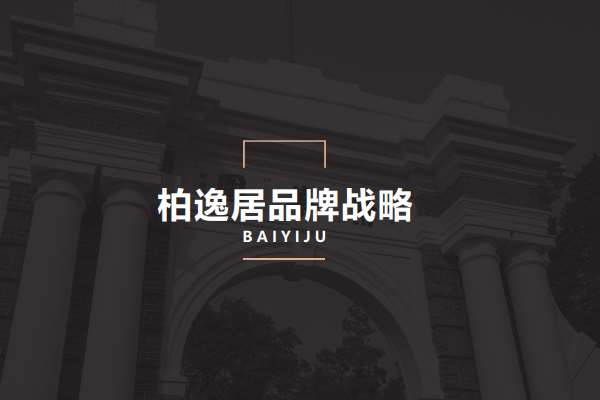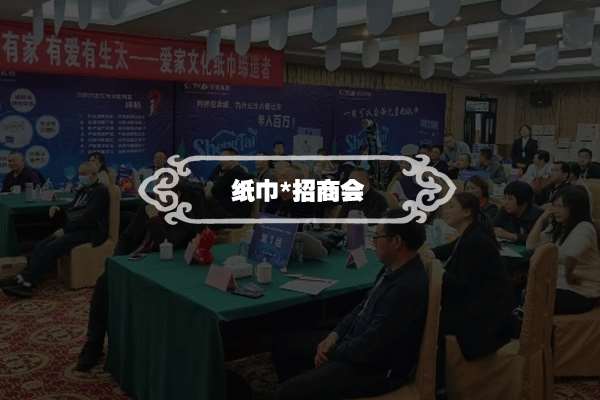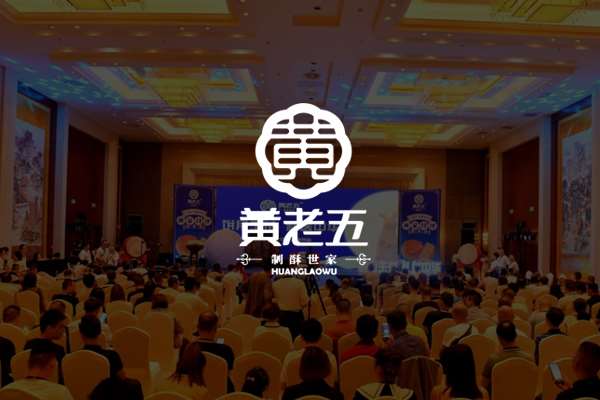Business Model Analysis of Resource Integration
In today's hyper-competitive and globalized business environment, companies are constantly seeking ways to gain a competitive edge. One increasingly popular strategy is resource integration, where companies leverage their own resources while collaborating and sharing resources with other businesses. This business model aims to create synergies and maximize value for all involved parties. In this article, we will delve into the analysis of the resource integration business model.
Resource integration is the process of combining complementary resources from multiple companies to create a more comprehensive and robust offering. By pooling resources, companies can tap into each other's strengths and mitigate individual weaknesses. This model is especially prevalent in industries such as technology, manufacturing, and logistics, where complex operations require a diverse range of resources.
One key advantage of resource integration is cost efficiency. Instead of duplicating efforts and investing in their entire resource base, companies can save costs by sharing resources. For example, a manufacturing company can save on overhead expenses by partnering with a supplier who already possesses specialized machinery. Moreover, by sharing resources, companies can access resources that may be otherwise inaccessible or unaffordable individually. This allows companies to expand their capabilities and offer a broader range of products or services, benefiting both the companies and their customers.

Another benefit of resource integration is increased innovation and expertise. Through collaboration, companies can tap into the unique knowledge and experience of their partners. This collaboration opens the door to cross-pollination of ideas and expertise, leading to the development of new products, services, and business models. For instance, a technology company may partner with a research institution to leverage their scientific expertise, resulting in the creation of innovative solutions. By combining resources and knowledge, companies can stay ahead of the competition and adapt to changing market conditions more effectively.
However, resource integration also comes with its challenges. One notable challenge is the establishment of trust and alignment between partners. Companies must ensure that they have compatible goals, values, and work cultures to create a harmonious working relationship. This requires strong communication and coordination among the partners, which can be challenging especially in the case of large-scale collaborations involving multiple stakeholders. Moreover, companies must establish clear guidelines on how resources will be shared, managed, and protected to avoid conflicts and disputes.
In conclusion, resource integration is a powerful business model that allows companies to leverage their resources while collaborating and sharing with other businesses. This model offers cost efficiencies, increased innovation, and improved expertise. However, it also presents challenges that need to be carefully managed. As companies continue to face increasing competition and complexity, resource integration is likely to become a key strategy for success in the future.








